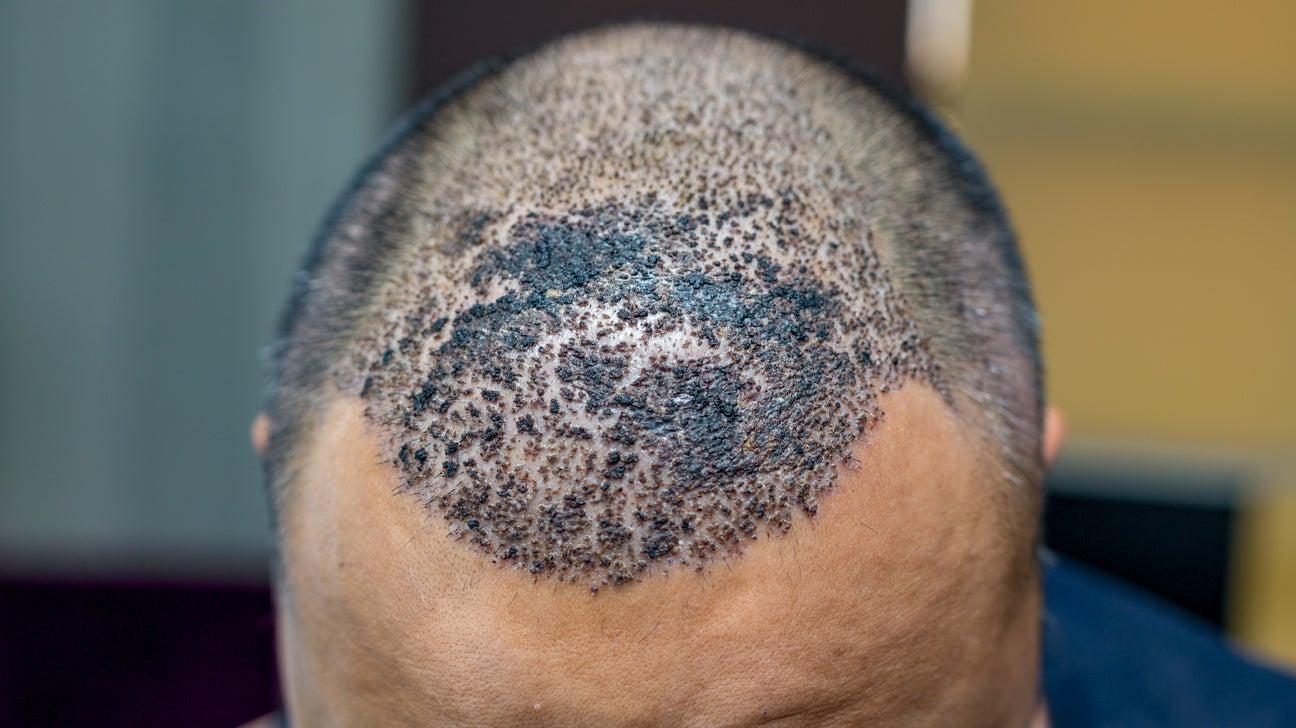
Have you ever left a clinic feeling excited about your new hair, then suddenly worried about every itch or spot on your scalp. That mix of hope and anxiety is completely normal after a hair transplant. Still, many patients focus on graft numbers and ignore everyday infection risks. In the real world, tiny routine choices often matter more than expensive products. According to our editor’s research, clear aftercare instructions only help when people actually follow them. If you understand the basics early, you can protect your new hair calmly. Let us walk through simple, practical ways to reduce infection risk after surgery.
Why infection risk deserves your attention
Hair transplant techniques have improved, yet infection remains a real, if uncommon, complication. Surgeons create many tiny channels, and every opening gives germs an easy entry point. Your body can handle a lot, but it should not fight avoidable problems during recovery. According to our editor’s research, infections can threaten graft survival and sometimes leave small scars. Most infections actually start with simple things, like scratching, sweating heavily, or ignoring instructions. When you treat your scalp like a healing surgical area, not a usual hairstyle, you already reduce harm. Respecting that difference during the first weeks makes everything safer.
How your own health affects infection risk
Not everyone walks into surgery with the same risk level. Conditions like diabetes, immune problems, heavy smoking, or uncontrolled skin diseases can raise infection chances. Some medicines also affect healing speed and your ability to fight germs. According to our editor’s research, surgeons usually ask about chronic illnesses for exactly this reason. When you answer honestly, they can plan antibiotics, follow up, and timing more carefully. If something changes before surgery, such as a fever or new rash, inform the clinic quickly. Going ahead while unwell can turn a routine procedure into a harder recovery.
The role of surgeon and clinic hygiene
A good clinic already follows strict infection control standards in every procedure. This includes sterile instruments, careful preparation of the donor and recipient areas, and proper protective equipment. As a result of our editor’s reviews, reputable centres also train staff regularly on infection protocols. You can still play a part by observing the environment before agreeing to treatment. Look for basic cleanliness, organised rooms, and staff who wash or sanitise hands between tasks. If something feels careless, asking polite questions is reasonable, not rude. Choosing a careful team at the start makes every later step easier.
Preparing your scalp before the procedure
Good infection prevention actually starts before the first graft is placed. Your surgeon may recommend a special shampoo or cleanser the day before surgery. This helps remove excess oil, styling products, and surface bacteria from the scalp. According to our editor’s research, washing carefully without scratching is more helpful than washing aggressively. Avoid experimenting with new harsh products just before the operation, as irritation can confuse things. You may also be asked to stop certain hair products, like heavy sprays, several days earlier. Think of this as giving your scalp a clean, calm surface for the procedure.
Caring for the transplant area in the first days
The earliest days after surgery are the most delicate for infection risk. Your doctor will usually provide a specific washing schedule and approved products. Following that plan exactly is more important than any extra home remedy. As a result of our editor’s reviews, patients who improvise with random creams often create problems. Keep your hands away from the grafts unless you are gently cleaning them as instructed. When crusts or scabs appear, resist the temptation to pick or scratch them. Let them fall off naturally according to the timetable your clinic recommends.
Keeping hands, pillows, and fabrics clean
Your scalp touches more surfaces than you realise during recovery. Hands, pillowcases, hats, and towels can all bring germs to healing areas. According to our editor’s research, the simple habit of washing hands before touching the head makes a real difference. Change pillowcases and towels frequently, especially during the first week. Choose soft, clean fabrics rather than rough, heavily dyed materials that may irritate skin. Avoid lending your hat or using shared helmets, caps, or headphones while grafts are fresh. Treat your scalp like a vulnerable area that deserves its own clean environment.
Showering, sweating, and everyday activities
Many people worry about washing too early and simply avoid water. In reality, completely skipping prescribed washing can trap sweat, oil, and dried blood around follicles. That dirty layer can irritate skin and encourage bacterial growth. Follow your surgeon’s guidance on when and how to start gentle rinsing. According to our editor’s research, lukewarm water, mild pressure, and approved shampoo are usually recommended. Heavy sweating from intense exercise should typically be avoided for a while. Gyms, saunas, and swimming pools can also expose your scalp to shared surfaces and moisture. Returning gradually to these activities keeps infection risk lower.
Why you should avoid self prescribed products
It is tempting to apply every “healing” cream or spray you find online. Unfortunately, many products are not designed for freshly transplanted skin. Thick ointments can block follicles and create warm, moist environments where bacteria thrive. Strong antiseptics, used too often, may irritate tissue and slow healing. As a result of our editor’s reviews, most surgeons prefer patients to use only the products they recommend. If you see redness or itching, do not add new products without asking first. A quick message to the clinic is safer than guessing based on advertisements.
Lifestyle habits that support infection prevention
Your overall habits influence how well your body copes after surgery. Smoking reduces blood flow to the scalp and makes infection more likely. Heavy alcohol intake can disturb immune function and interfere with medicines. According to our editor’s research, people who stop or reduce smoking around surgery often heal better. Eating balanced meals and staying well hydrated supports the immune system quietly in the background. Try to get enough sleep, since exhaustion weakens the body’s natural defences. Even simple walks, once allowed, help circulation and can improve overall recovery comfort.
Recognising early warning signs of infection
Knowing what is normal makes it easier to spot trouble early. Mild redness, slight swelling, and a sense of tightness can be normal in the first days. However, spreading redness, worsening pain, or heat around the area deserve attention. Yellow or foul smelling discharge, thick crusts, or sudden tenderness can also be warning signs. As a result of our editor’s reviews, fever, chills, or feeling generally unwell should never be ignored. Instead of waiting and hoping, contact your clinic or doctor promptly. Early treatment can usually control infection before it damages transplanted grafts.
How and when to contact your doctor
Your clinic should explain how to reach them for urgent concerns. Keep those contact details somewhere easy, not buried in an email folder. When you call or message, describe your symptoms clearly and calmly. Mention when they started, how they changed, and any pictures you can safely share. According to our editor’s research, clear descriptions help doctors decide whether you need examination. Do not increase or stop antibiotics on your own without medical advice. If your doctor asks you to come in, try to attend quickly rather than delaying.
Balancing sensible caution with everyday life
It is possible to become overly anxious about every small change after surgery. Some patients check their scalp constantly and worry about normal healing stages. Others swing to the opposite extreme and ignore obvious warning signs. The healthiest approach sits somewhere between these two reactions. According to our editor’s research, understanding basic principles reduces fear and encourages reasonable decisions. You protect your scalp with clean habits and good communication, not constant panic. Over time, as healing progresses, your routine can gently return to normal.
